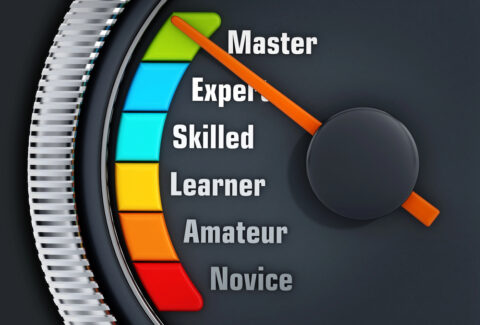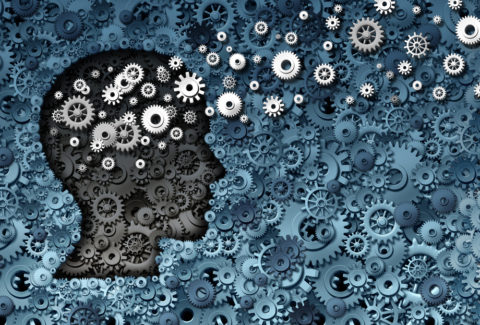Introduction to Behavior Change and Motivation

Introduction to Behavior Change and Motivation
In the realm of mental health and wellness, understanding the dynamics of behavior change[1] and motivation is crucial for practitioners aiming to foster positive transformations in their clients. This article serves as an introduction to the foundational concepts of behavior change and motivation[2], exploring their significance in therapeutic practices, and offering insights into effective strategies for implementation.
Understanding Behavior Change
Behavior change refers to the process through which individuals alter their habits[3], actions, or responses in a way that leads to improved health and well-being. This process can be complex, often influenced by a myriad of factors, including individual beliefs, environmental conditions, and social dynamics. Key theories that inform our understanding of behavior change include:
- The Transtheoretical Model (Stages of Change): This model outlines five stages individuals typically go through when changing a behavior: Precontemplation, Contemplation, Preparation, Action, and Maintenance. Recognizing which stage a client is in can help tailor interventions to facilitate progress.[4]
- Social Cognitive Theory: This theory emphasizes the role of observational learning, imitation, and modeling in behavior change.[5] It highlights the importance of self-efficacy—an individual’s belief in their ability to succeed—in driving motivation and change.
- The Health Belief Model: This model suggests that an individual’s likelihood of engaging in health-promoting behavior is influenced by their perceptions of the severity of a health issue, susceptibility to it, benefits of taking action, and barriers to taking that action.[6]
The Role of Motivation
Motivation is a key component in the process of behavior change. It serves as the driving force that propels individuals to take action and sustain those changes over time. Understanding the different types of motivation can enhance clinicians’ ability to inspire their clients effectively:
- Intrinsic Motivation[7]: This refers to motivation that arises from within the individual, driven by personal values, interests, or the inherent enjoyment of an activity. It is often more sustainable and leads to deeper engagement.
- Extrinsic Motivation: This type of motivation stems from external factors, such as rewards, recognition, or the desire to avoid negative consequences. While it can be effective in initiating behavior change, it may not be as enduring as intrinsic motivation.[8]
Strategies for Facilitating Behavior Change
To effectively promote behavior change and motivation in clients, practitioners can employ several evidence-based strategies:
- Goal Setting: Collaborating with clients to set specific, measurable, achievable, relevant, and time-bound (SMART) goals can provide clarity and direction, enhancing motivation and commitment to change.
- Motivational Interviewing: This client-centered approach encourages individuals to explore their motivations for change, enhancing their intrinsic motivation. By employing open-ended questions, reflective listening, and affirmations, clinicians can help clients articulate their desires and concerns, facilitating a greater commitment to change.[9]
- Positive Reinforcement: Celebrating small successes and providing positive feedback can reinforce progress and encourage continued efforts.[10] This can be particularly effective in fostering intrinsic motivation.
- Behavioral Contracts: Establishing agreements between the clinician and client regarding desired behaviors and accountability can create a sense of commitment and motivation.[11]
- Education and Awareness: Providing information about the benefits of behavior change and potential barriers can empower clients to take action. Increasing awareness of the consequences of their current behaviors can also motivate change.
Conclusion
Understanding behavior change and motivation is essential for mental health practitioners seeking to support their clients on the journey toward improved well-being. By incorporating evidence-based strategies and fostering a collaborative relationship, clinicians can empower individuals to take charge of their health and embrace positive changes. As we delve deeper into the nuances of behavior change and motivation, we unlock the potential for lasting transformations that benefit not only the individual but also their surrounding communities.
By embracing these concepts and practices, we create a ripple effect that can enhance the overall quality of life for those we serve, leading to a healthier, more vibrant society.
[1] Riekert, Kristin A., Judith K. Ockene, and Lori Pbert, eds. The handbook of health behavior change. Springer Publishing Company, 2013.
[2] Rodgers, Wendy M., and Christina C. Loitz. “The role of motivation in behavior change: how do we encourage our clients to be active?.” ACSM’s Health & Fitness Journal 13.1 (2009): 7-12.
[3] Verplanken, Bas, and Sheina Orbell. “Attitudes, habits, and behavior change.” Annual review of psychology 73.1 (2022): 327-352.
[4] Prochaska, James O., and Janice M. Prochaska. “Transtheoretical model.” Lifestyle Medicine, Third Edition. CRC Press, 2019. 219-228.
[5] Luszczynska, Aleksandra, and Ralf Schwarzer. “Social cognitive theory.” Fac Health Sci Publ 2015 (2015): 225-251.
[6] Green, Edward C., Elaine M. Murphy, and Kristina Gryboski. “The health belief model.” The Wiley encyclopedia of health psychology (2020): 211-214.
[7] Fishbach, Ayelet, and Kaitlin Woolley. “The structure of intrinsic motivation.” Annual Review of Organizational Psychology and Organizational Behavior 9.1 (2022): 339-363.
[8] Vallerand, Robert J., and Catherine F. Ratelle. “Intrinsic and extrinsic motivation: a hierarchical model.” (2002).
[9] Miller, William R., and Stephen Rollnick. Motivational interviewing: Helping people change. Guilford press, 2012.
[10] Piazza, Cathleen C., Henry S. Roane, and Amanda Karsten. “Identifying and enhancing the effectiveness of positive reinforcement.” Handbook of applied behavior analysis (2011): 151-164.
[11] Carns, Ann W., and Michael R. Carns. “Making behavioral contracts successful.” The School Counselor 42.2 (1994): 155-160.






